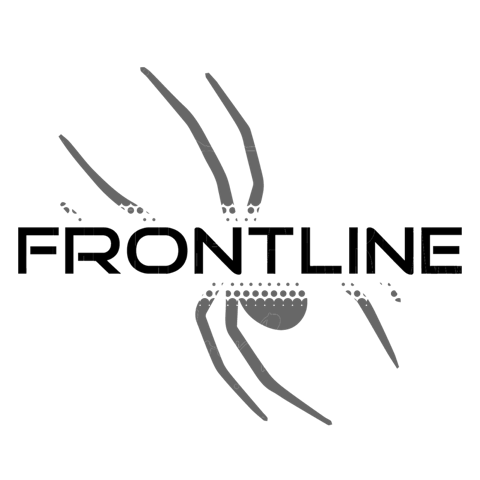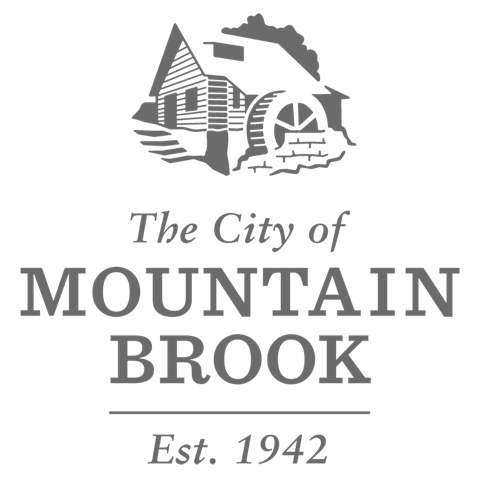What is effective communication within remote operations?
Let’s be honest – building a team when you see everyone daily is tough, and as convenient and awesome as working remotely can be, it takes work in so many different areas.
No one could have predicted how the world’s dependence on technology would change over the past year. Some companies were ahead of the curve and had years of experience utilizing and relying on virtual teams. But a large part of the business community still had to pivot from more traditional operations models quickly.
One of the most important things to remember is that virtual or remote working is an excellent option in specific industries and roles. Still, it can also leave team members feeling alone and disconnected. In our upcoming articles, we will be sharing tips on remote team building and discussing the importance of boundaries when working from home. But before we can go there, we need to start by looking at the impact that leading remote teams have on how we communicate with our teams.
With so many ways to connect with people, we can get stuck in a rut and not consider more practical ways to share information and updates in the workplace. But the right communication mix will keep people informed and keep them feeling connected and engaged.
Let’s talk about ways to use communication to keep your team in the loop and connected without flooding their already busy inbox.
-
Be intentional in what and how you communicate – You must communicate with a focus on outcomes, not activity. One of the challenges that leaders face when communicating with remote teams is navigating the urge to increase or maintain productivity by flooding their teams with “busy work” to get the most out of company time. The truth is, your team knows busy work whether you assign it in the office or to the team virtually. And while you are busy flooding their to-do lists with tasks, you are communicating that you don’t trust them to be a viable part of the team. Instead, communicate desired results and goal clearly, and invite the team to come to you or other team members if they need guidance or additional support.
-
Balance communication with time management – There is nothing more annoying than scheduling a meeting to discuss another meeting. While it makes for great punchlines and memes, having meetings for the sake of having them fast-tracks team members to feeling disconnected. Stay away from endless email chains. Don’t condition your team to spend hours trying to resolve issues with emails back and forth when a quick zoom call or phone call would get results. While email is a great way to keep track of communications, set a standard that if an email comes back to you 2 to 3 times, then it’s time to move on to another means of communication.
-
Create a mix of communication tools - Email is commonplace in the work environment, and several companies are also embracing some form of instant messaging. But to facilitate effectiveness, it’s crucial to incorporate the right tools for the job. For example, you could use:
-
Instant messaging – for short communication and keep the team feeling connected to the rest of the group.
-
Email – For more formal communication and information distribution internally and externally.
-
Face to Face meetings – Whether in person (responsibly) or virtually, set a time to get the group together for updates and information AND some form of celebration. If you are meeting virtually, make it a requirement that the team turns on their cameras. Nobody can feel connected staring at a bunch of empty screens.
-
Create a group forum for your team – Social media laid the foundation for virtual group building, which can be very beneficial. In addition to serving as a method to share information quickly with groups of all sizes, people enjoy the ease of use and accessibility. Find a way to create a virtual water cooler using internal tools or popular platforms like LinkedIn, Facebook, Google+, etc.
-
Remote operations and effective communication go hand in hand. As a leader, it is essential to model the behavior you want to see with your team. That means no matter the communication method, you must be intentional, accountable, and follow-through.
Are you wondering what type of leadership you’re modeling for your team? Take the quiz here. Or Schedule a call TODAY.
How We Serve
Looking for a different solution? Click here
Google's average rating of 5.0 out of 5 stars from 7 reviews.
DREAM4 is trusted by over 5,000 happy customers across the country.















